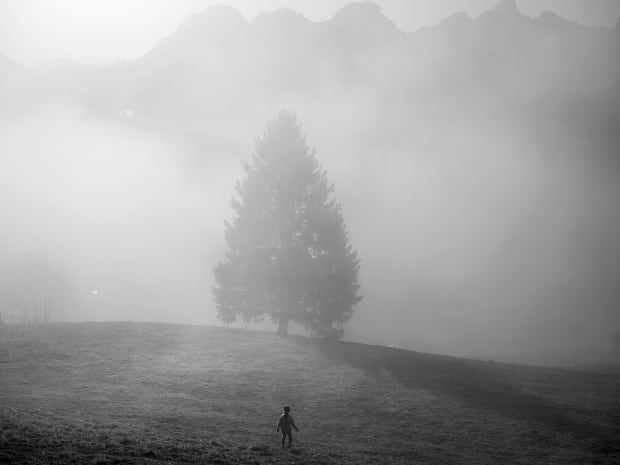Paolo Pellegrin has travelled to some of the Earth’s harshest and most extreme environments, to bring back photographs which speak to a profound communality of human experience. As a member of Magnum Photos, Pellegrin works within a tradition of photography which transcends easy definition as documentary or expression. Instead, he has described his attitude towards his practice as ‘mak[ing] the specific coincide with the universal, [so that] the photograph becomes archetypal’.
-

-
After briefly studying architecture at L’Università la Sapienza, Pellegrin pursued his interest in photography at Rome’s Istituto Italiano di Fotografia. He was soon taking on international commissions from publications including Time, National Geographic and Newsweek, for whom he worked as a contract photographer for ten years. He developed a particularly enduring and fruitful relationship with the New York Times, whose Director of Photography, Kathy Ryan, has praised his ‘poetic photojournalism.’ Over the course of a career which spans three decades, Pellegrin has received accolades including the W. Eugene Smith Grant in Humanistic Photography, the Robert Capa Gold Medal Award, the Dr. Erich Salomon Award for lifetime achievement in the field of photojournalism, and 11 World Press Photo Awards.
-
-
Whilst his work has been the subject of numerous exhibitions worldwide, Pellegrin’s recent retrospective Un’Antologia has brought together more than 300 photographs from his personal archive, which reveal the creative journey and themes which animate his practice. After opening to acclaim at Rome’s MAXXI, the National Museum of 21st Century Arts, the show was displayed at the Deichtorhallen in Hamburg before returning last month to hang in Turin’s Reggia di Venaria. In each of these locations, Pellegrin’s perceptive, sometimes provocative, perspective has resonated with audiences who feel compelled to explore the narratives which lie beyond familiar news headlines.
-
From this exhibition which celebrates the impressive diversity and scope of his career, there are particular photographs which stand apart, evocative of a special quality often present in Pellegrin’s work. Whether addressing urban poverty, disease, natural disaster or conflict, Pellegrin's photographs go beyond documenting abstracted chaos and suffering to illuminate specific moments in the lives of individuals whose behaviour refuses to be overwhelmed by the drama of their context. These images reflect an essential and acutely moving human resistance, the poignancy of existence heightened in some of the most challenging landscapes of our time.
As Germano Celant, the artistic director of the Fondazione Prada and curator of Pellegrin’s exhibition at MAXXI has commented, Pellegrin has developed ‘a working method that looks back to the idea of slow journalism, guided by the intellectual urgency to learn more rather than by a desire to understand an iconic image. This translates into stories to be read over time, periodic returns to places photographed in the past, and a focus not only on the moment of conflict but on what happens afterwards.’
-
-

-
I’m more interested in a photograph that is “unfinished”—a photograph that is suggestive and can trigger a conversation or dialogue. There are pictures that are closed, finished, to which there is no way in. - Paolo Pellegrin
-
-
-
-

-
"We're very fortunate to all be here together."
- Paolo Pellegrin
TURNING THE CAMERA FROM WAR TO FAMILY
The New York Times Magazine, May 2020
-
curated by lucrezia di martino
TEXT BY LUCY FLEMING-BROWN
-
AVAILABLE WORKS
-

-
-

-




















